Heirlooms from Asia: East India Company items in the V&A Collections
A book launch was held by Stepney Community Trust on Friday 6th April 2018
Rich Mix Centre in Shoreditch, London.
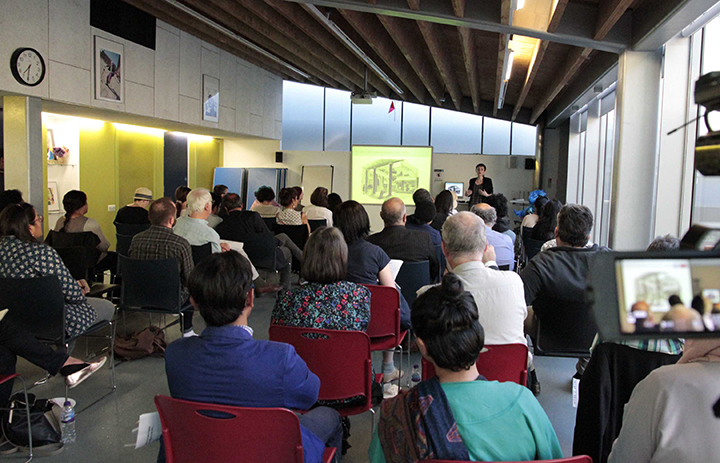
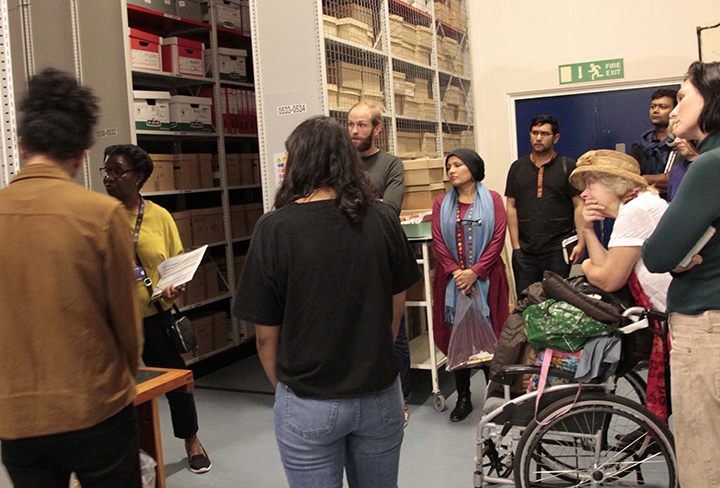
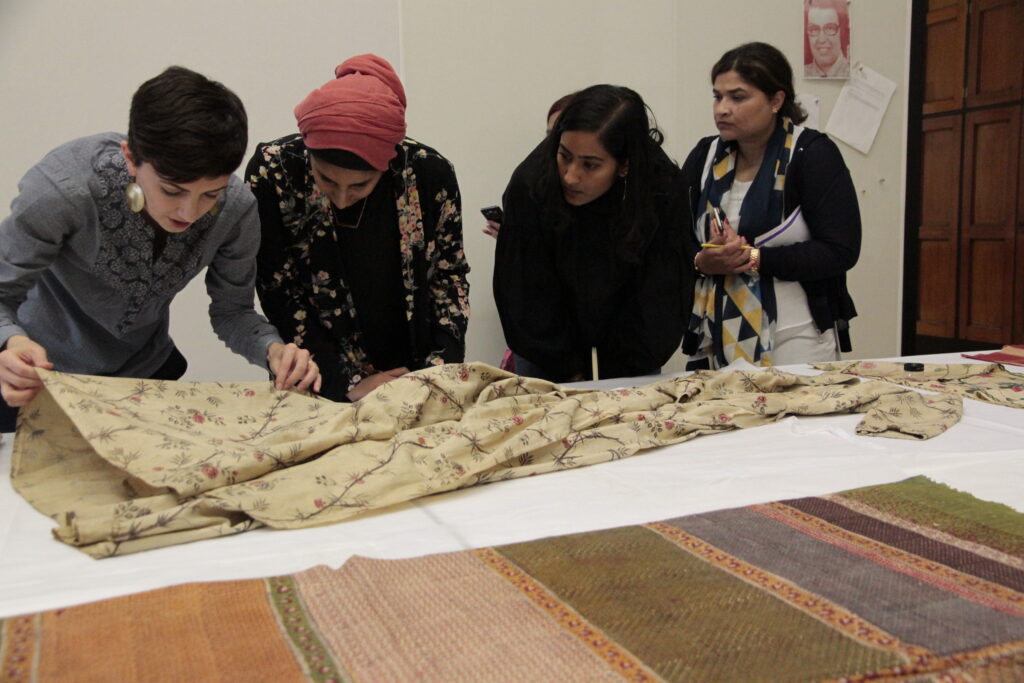
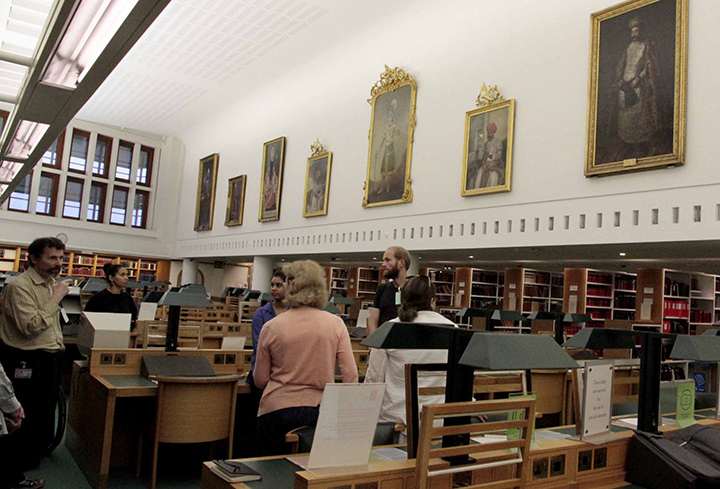
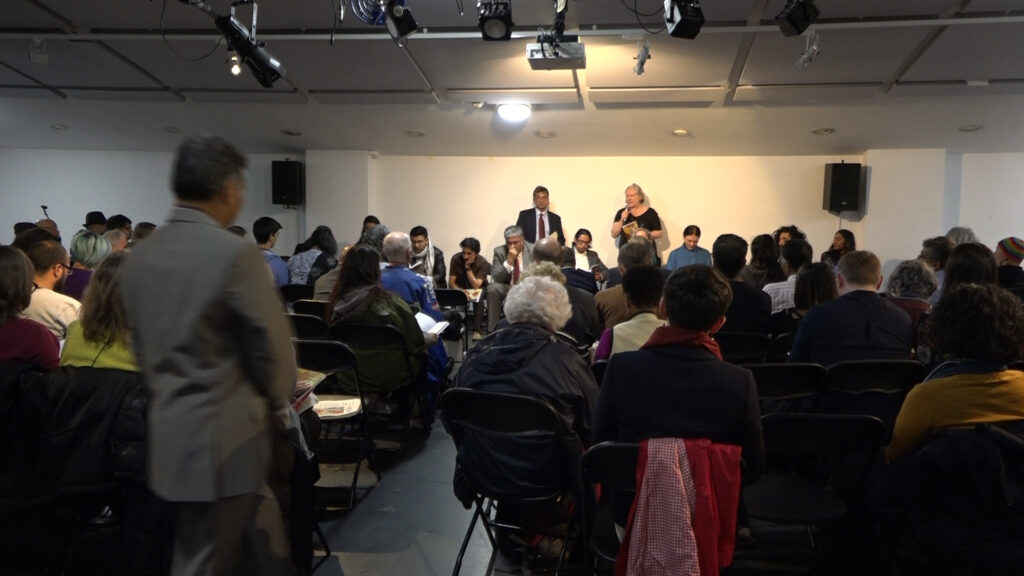

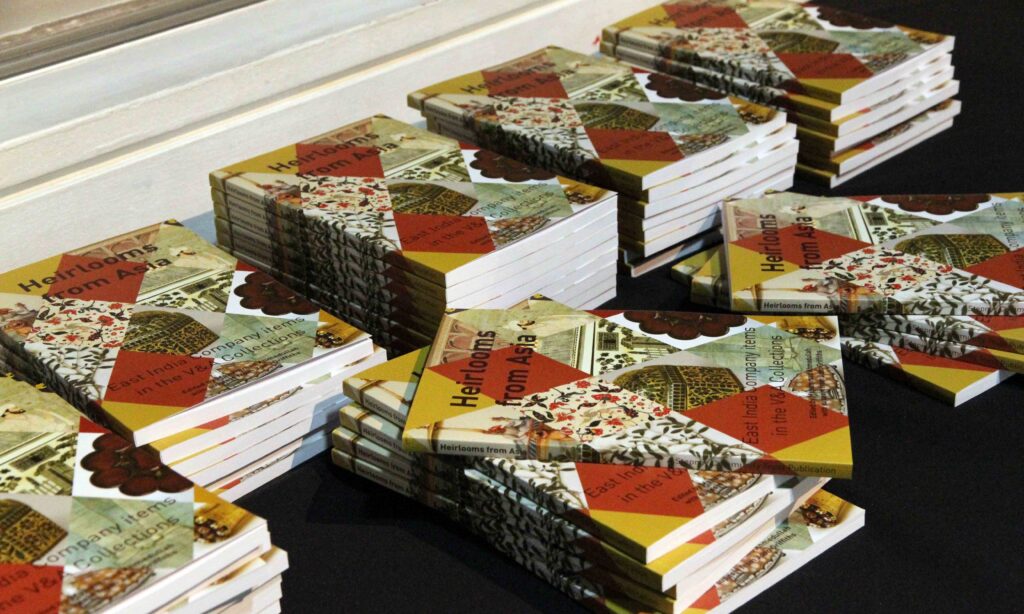
This book is the outcome of an ambitious community project run by the Stepney Community Trust, which explored East India Company related objects kept in the Victoria and Albert Museum’s storehouse The Clothworkers’ Centre. The main aim of the project was designed to help familiarise, educate and generate interest within the wider diverse community in East London with the V&A heritage object collections, linked to the East India Company. There are many objects from various parts of India and Asia that were brought to the UK by the East India Company and are now scattered and stored in various museums and heritage institutions across the country, notably the V&A, the Clive Museum in Powis Castle in North Wales and the National Maritime Museum. At The Clothworkers’ Centre, there exists a huge number of objects, including textiles, paintings, chairs, swords, jewellery, board games, etc. Each of the objects has a history of its own, which can provide useful information about what the objects were used for, the era when they were made and how they were brought to the UK or became owned by the East India Company.
The first one hundred and fifty years of the East India Company’s focus was primarily on trade, but from 1757 with the Battle of Plassey a new phase of conquest began, which eventually saw the control of the whole of the Indian subcontinent that we know today and beyond, including parts of Malaya, Burma and Hong Kong. The Company was closed down in the aftermath of its disastrous handling of the Indian Mutiny – the First War of Independence in 1857/8.
This project is the continuation of an attempt to achieve a better understanding of the processes and mechanisms through which London’s diverse communities of today are connected historically, and how they ended up in this country. The theme of the project emerged out of the work undertaken during two previous projects run by the Stepney Community Trust, the first entitled ‘Bengal to Britain: Re-creating Historic Fashions of the Muslin Trade’. It involved the recreation of dresses worn by London ladies in the 17th, 18th and early 19th centuries, made with materials that were imported from Bengal by the English East India Company. The second project, called ‘Science and technological evolution in East Indiamen shipping (1600 – 1858)’, which focused on East India Company shipping, was designed to help make sense of how it was possible for the English to go all the way to Asia and back and travel vast distances, using mostly the power of the winds before the development of steam power around two centuries later. At first, this began with trade, but the English ventures into Asian waters eventually culminated in the colonial conquest of large tracts of foreign lands and peoples for Britain, which helped to establish the very powerful British Empire, the largest empire in human history.
This and the previous projects involved recruiting enthusiastic volunteer participants from London’s diverse communities and supporting each of them to explore an area of interest. In the case of the first project, it was the recreation of historical garments using similar designs, machinery and processes that would have been used by the East India Company in the past. At the end of the project, twelve participants produced twenty-three garment items based on research, visiting heritage institutions (the Museum of London, the National Maritime Museum and the British Library); with fashion design training by the London College of Fashion and mentoring support. The project culminated in the production of a book, which was launched at the National Maritime Museum in September 2013. In the case of the second, the project involved building a one-meter long model ship of the East Indiaman Falmouth and the writing of a thirteen-chapter book by a group of diverse participants, primarily Londoners, who looked at many aspects of developments in shipping, from firepower and the discovery of longitude to the carriage of luxury goods and the development of the steamship. It culminated in a book launch and celebration event at the Idea Store Whitechapel in March 2018.
In the third case, the project behind this book, the participants were required to choose an object linked to the East India Company, stored at the V&A’s Clothworkers Centre, to ascertain: when the objects were made; explore why and how the East India Company brought them to the UK or came to own them; understand what usages were made of them in this country; where in India or Asia they were made; the history of these kinds of artefacts, textiles, paintings, etc. and the locations of their origin in India and Asia. The project was launched at a well-attended event held at the Idea Store Whitechapel in May 2017. Subsequently, a total of twenty-three applications were received from people wanting to participate in the project. Those who joined the project came from a diverse range of backgrounds, and there was no prior expectation of knowledge in the subject apart from a keen interest in the historical narratives underlining the project. As the project progressed a few participants withdrew as their personal circumstances changed, and they could no longer dedicate the necessary time and energy towards the project.
The participants covered a very vast range of subject areas, which can be seen from the titles of their chapters. Nutmeg graters – English Silversmith meets Indian Nutmegs in the 18th century; An Ivory Work Box: Blurring the boundaries of home; Maharaja and the Veterinary Surgeon in the Punjab Hills; The Bengali Baluchari; Pandans and The Ceremony of Paan; NILA; Tripod Tea Table; An Embroidered Cotton Hanging from Gujarat: the Tales Behind the Textile; Kamishimo Story; Tipu Sultan’s legacy from the spoils of Empire; A Meaningful Beauty: The journey of a nga-daung of the Konbaung Dynasty.
This book represents the outcomes of a community project rather than an academic piece of work. It is the culmination of research undertaken by a diverse range of individuals from London’s diverse communities, with different backgrounds and abilities, and very little previous involvement with such a complex subject of exploring about a dozen East India Company linked objects stored at a British heritage institution. Ultimately, this book is the result of how each of the fifteen participants looked at the object of their choice, what they discovered and what conclusions they reached.
The Project Details
The project involved taking the volunteer participants on a visit to Clothworkers Centre to look at some objects, a British Library workshop to learn how to access and study the archives of the East India Company kept at that institution, and to Palaeography and Researching Sources at LMA training at the London Metropolitan Archives. Following this induction process, the participants were encouraged to choose an object for further research and the later written chapters of this book.
Clothworkers Centre Visit, 30 August 2017
London Metropolitan Archives (LMA) training, 14 October 2017
Acknowledgement
any individuals, and some of the institutions to which they belong provided a range of support and expertise to the project, without which it would not have been possible to develop and deliver such a unique initiative to a successful conclusion.
The following individuals provided the initial letters of support on behalf of their institutions during the development phase of the project: Avalon Fotheringham (Curator, South Asia Department, Victoria and Albert Museum) and Oliver Carruthers (Head of Programming, Rich Mix Centre).
Avalon Fotheringham and her colleague from the V&A, Divia Patel, provided workshops to our participants, where they looked at a range of objects. Maureen Roberts (Senior Development Officer, London Metropolitan Archives) ran training on Palaeography and researching resources at LMA. Penny Brook (Lead Curator, India Office Records, British Library) and Dr Margaret Makepeace (Lead Curator, East India Company Records, British Library) provided a workshop on researching East India Company Archives at the British Library.
Special thanks go to the participants who joined the project and worked very hard to research and write up their findings. Of those who joined, the following individuals submitted chapters for inclusion in this publication: Ahmed Chowdhury, Bhaskar Dasgupta, Charlotte Hopkins, Fiona Pettit, Mukhtaar Ahmed, Naajia Ahmed, Narelle Dore, Nasima Khanom, Safiyah Islam, Sagar Sumaria, Saif Osmani and Sylvain Platevoet.
Stepney Community Trust is immensely grateful to the Heritage Lottery Funding for awarding a grant to finance this project.
Finally, the enthusiasm of the Stepney Community Trust Management Committee and Trustees towards the initiative was key to the success of the project. Under the leadership of Bodrul Alom, the entire management committee has taken a continuous and active interest in the project since its inception in 2015. They are Muktar Hussain, Abdul Malik, Hafiz Ahmed Hasan, Rukshana Khanam, Mohammed Enam Uddin, Abdur Rahim, Abdul Khalam Ali, Kamal Uddin Ahmed, Abdul Sattar Ali, Nornahar Ahmad and Sheila Rahman.
If you would like to obtain a copy of the book please make a request by email to [email protected]. The book is completely free, which you can pick up, by prior arrangement, from Stepney Community Trust’s office at 46 Myrdle Street, London E1 1HL. There is a postage and administrative charge to receive a copy by post. Details will be provided when you email the Trust.
Heritage projects
